
#50: A New Challenge: My Self-Portrait for the HSFK Portrait Award
I’ve begun a new self-portrait for the HSFK Portrait Award 2026 — one built from overlapping slices of my face to reflect the instability, shifting perspectives, and strange clarity that come with living with vertigo and chronic health issues. This post explores how the painting is taking shape and why this piece feels important to make.

#49: Finished for Saltaire — and Already Brainstorming the Next Chapter
After finishing and submitting my three paintings for the Saltaire Gallery Winter Show, the studio feels different — quieter, but full of possibility. In this post, I reflect on completing that chapter and turning my focus toward new ideas for the upcoming HSFK Portrait Award 2026 at the National Portrait Gallery.

#48: Preparing for Saltaire: Three New Paintings in Progress
I’m preparing three paintings for the Saltaire Gallery Open Call — including my reinterpretation of Michelangelo’s Creation of Adam. In this post, I share how these works bring together weeks of moiré experiments and why Saltaire feels like the right place to present this stage of my journey.

#47: At a Crossroads
Having finished my variation of Michelangelo’s Creation of Adam, I find myself at a crossroads. Should I continue experimenting with pop-art style reinterpretations, or return to portraiture, this time layered with colour and the moiré effect? In this post, I reflect on the weight — and potential — of choosing a direction.

#46: Back to the Brush
After weeks of moiré experiments and technical tests, I’ve finally returned to painting — beginning my reinterpretation of Michelangelo’s Creation of Adam. In this post, I reflect on the shift from preparation to brushwork, and the unique fulfilment painting brings.
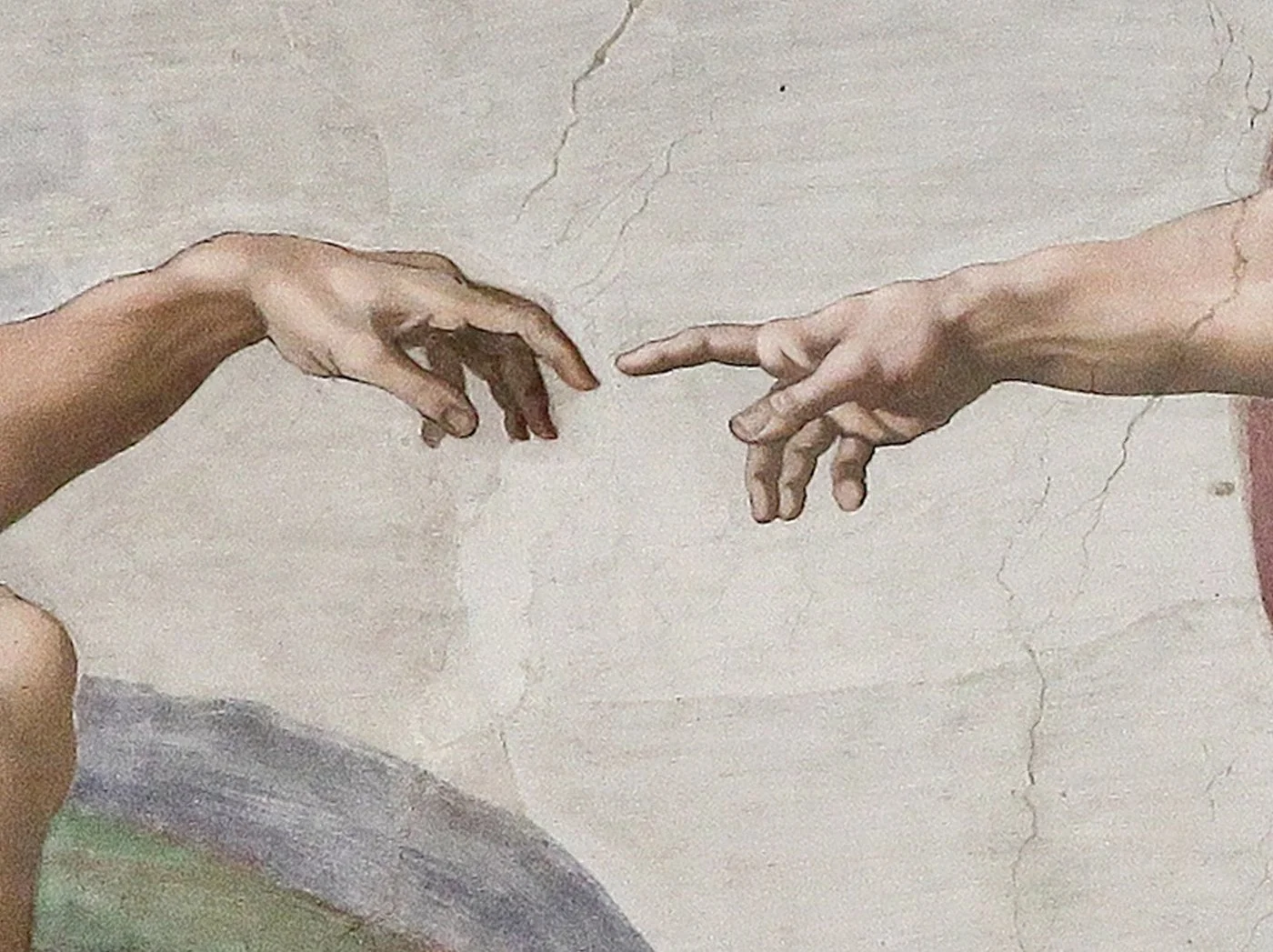
#45: Reimagining Creation Through Moiré
I’m beginning a new portrait inspired by Michelangelo’s Creation of Adam — but with a twist. Using the moiré illusion, I’m painting just the two hands so that only one is ever visible at a time. The result: God and man can never appear together, a reflection of disconnection in our age.
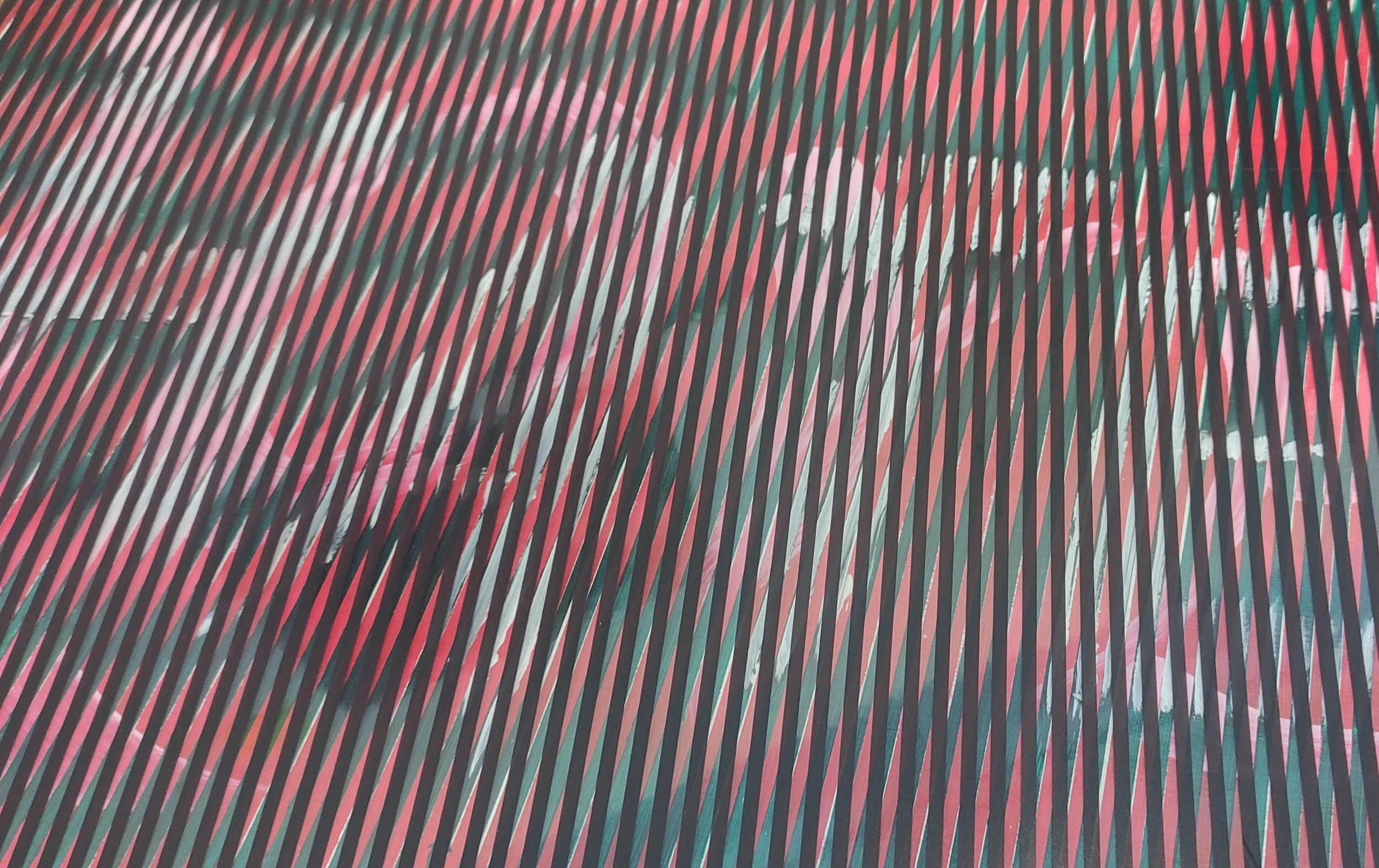
#44: The Mathematics Behind the Moiré
Moiré patterns look almost magical — waves and distortions that shift as you move — but beneath that strangeness lies complex mathematics. In this post, I reflect on the hidden geometry behind moiré and why, as an artist, I prefer to feel it in the studio rather than calculate it on paper.
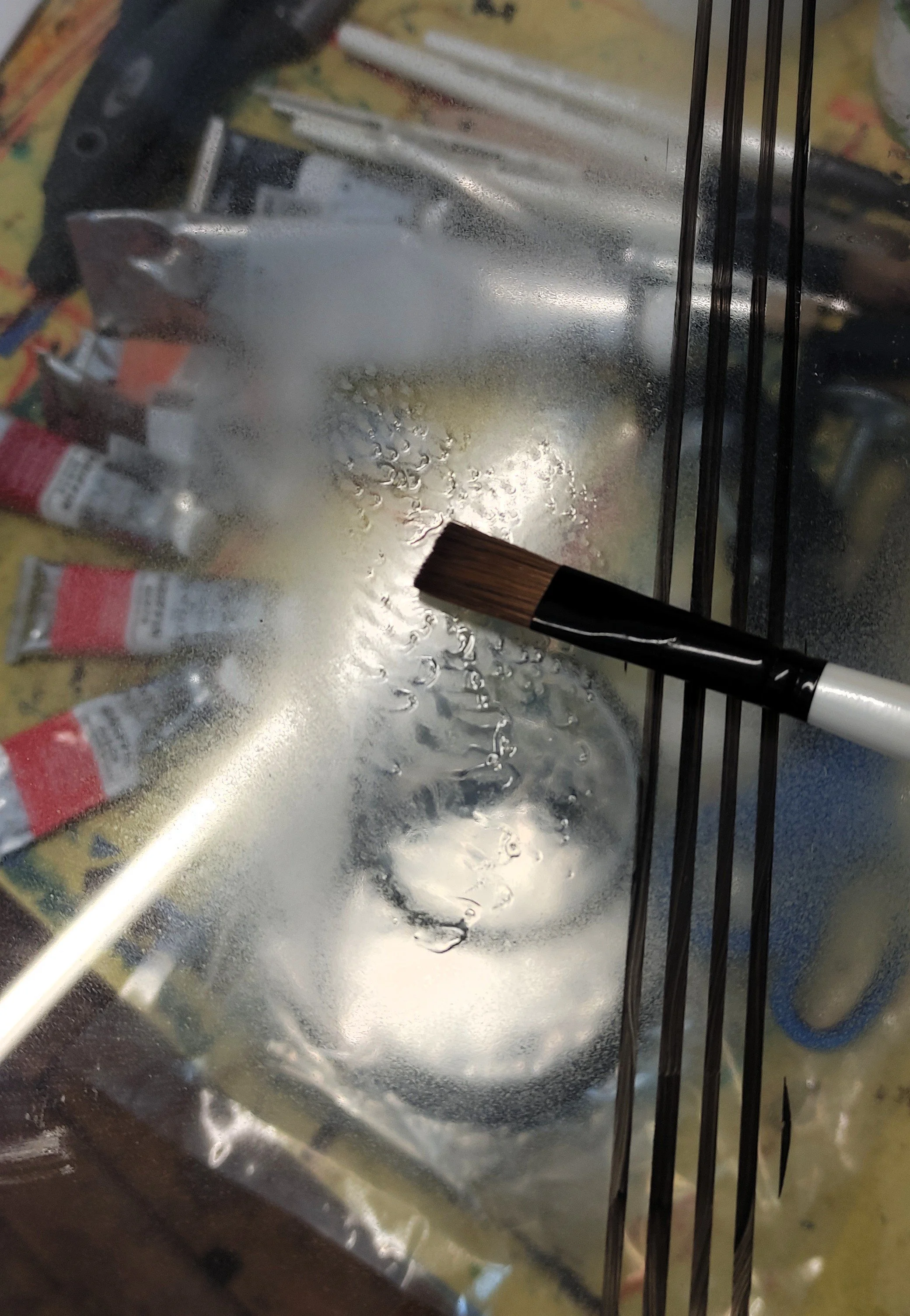
#43: When the Studio Feels Like a Laboratory
Lately my studio looks less like a studio and more like a laboratory — Perspex sheets, varnish tests, and failed scraps scattered everywhere. In this post, I reflect on the role of experimentation in my moiré portrait project, and why research and failure are as essential as paint.
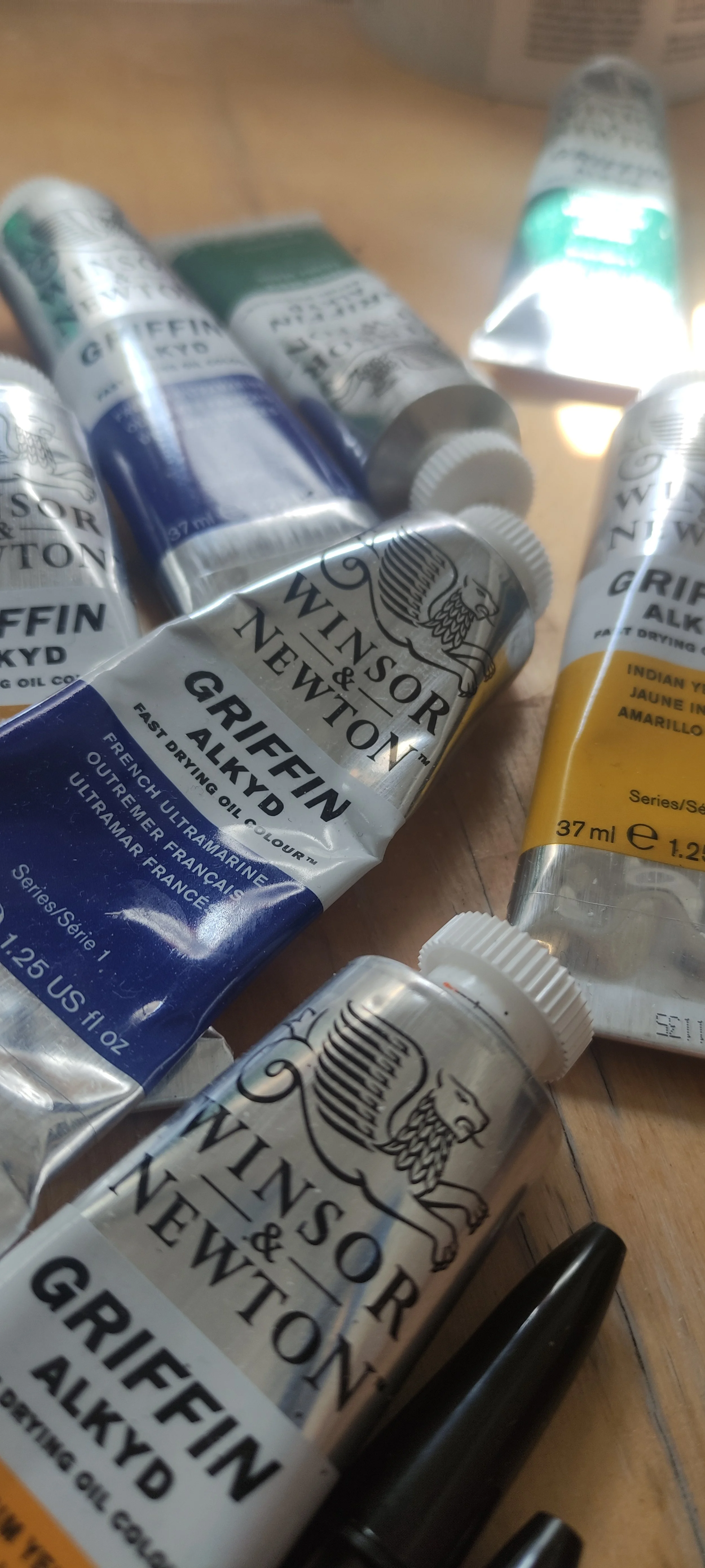
#42: The Invisible Layers of a Painting
Every painting carries layers the audience never sees — tests, failures, underpaintings, and hours of trial and error. In this post, I reflect on the hidden groundwork behind my current moiré project, and why those invisible stages matter as much as the finished surface.

#40: When Play Becomes Purpose
My moiré portrait project started as pure experimentation — no pressure, no plan, just play. But somewhere along the way, it became something more. In this post, I reflect on how creativity often finds its purpose after you’ve already started, and why that’s exactly the kind of surprise I love.
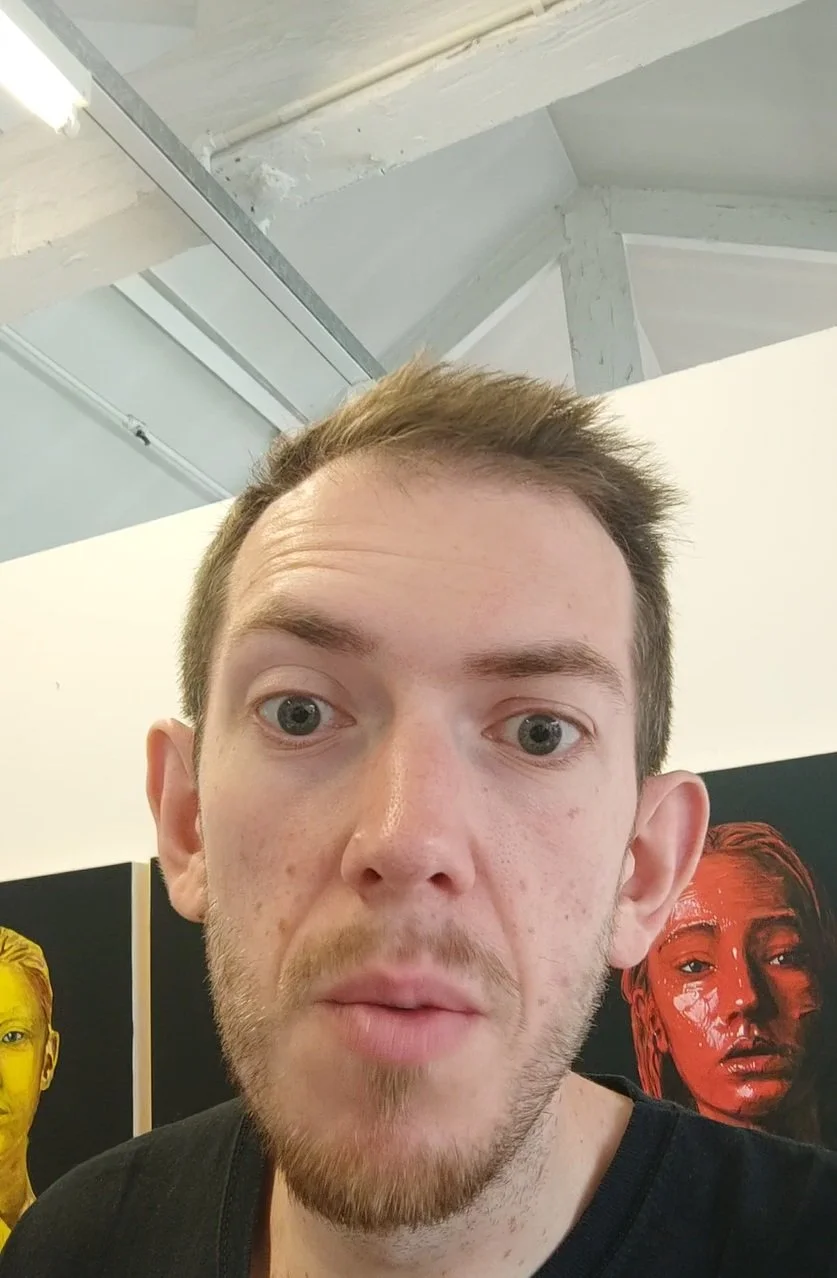
#39: The Difference Between an Idea and a Painting
Some ideas arrive perfectly in your mind — clean, sharp, ready to be made. But painting them is a different story. In this post, I reflect on how the transition from concept to canvas reshapes everything, and why that unpredictable shift is part of what makes painting worthwhile.

#38: The Idea Arrives Before the Skill
Some ideas come before we’re ready to paint them — and that’s where I’m at. In this post, I reflect on the challenge and excitement of chasing a concept that feels bigger than my current technical ability, and why painting into that gap is where real growth happens.
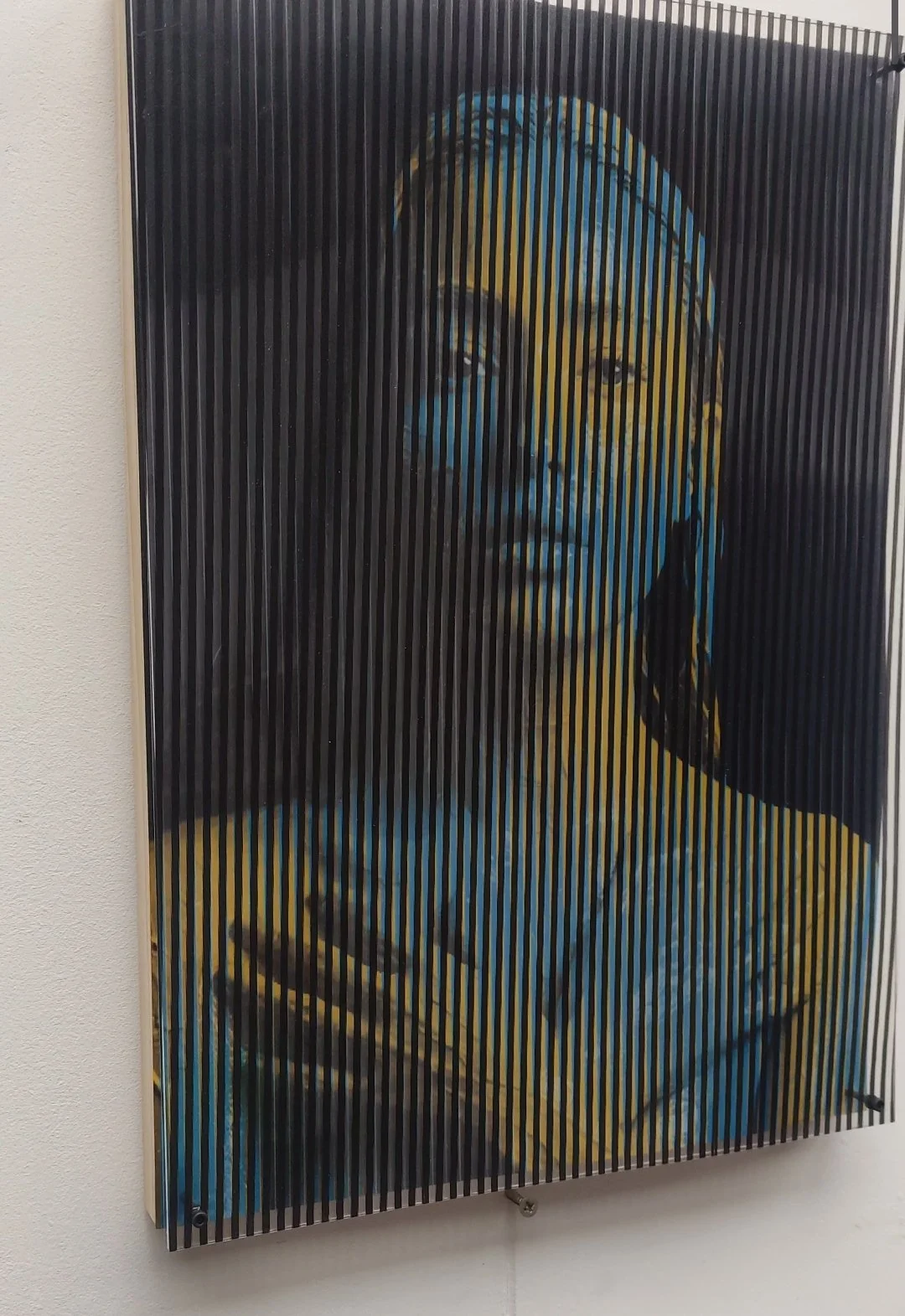
#37: Pixels and Paint: Why the Experiments Aren’t the End
This week I’ve been deep in Photoshop and print experiments for my moiré portrait project — but I want to be clear: this isn’t the final work. The goal is to paint. These layers and tests are the groundwork for something tactile, physical, and real — a painting made by hand.

#36: Layers and Lines: Beginning a New Moiré Portrait Project
This week I began exploring a new project combining moiré patterns and portraiture — layering inkjet prints and acetate over Perspex to test visual interference and movement. It feels like something has clicked, like I’ve found a new direction that’s both technical and deeply personal.

#35: Back to the Studio – Finding Quiet After the Show
Holmfirth Artweek has come to a close, and I’ve returned to the studio — quieter, messier, and full of possibility. In this week’s post, I reflect on the shift from public display back to private process, and the quiet clarity that follows the buzz of an exhibition.

#34: The Show Has Just Finished — But I’m Already Thinking About What’s Next
While Holmfirth Artweek is just wrapping up, I’ve noticed something familiar stirring — the quiet return of curiosity. My mind is already starting to drift toward what might come next. This post reflects on that creative in-between and the gentle momentum that follows the high of a show.
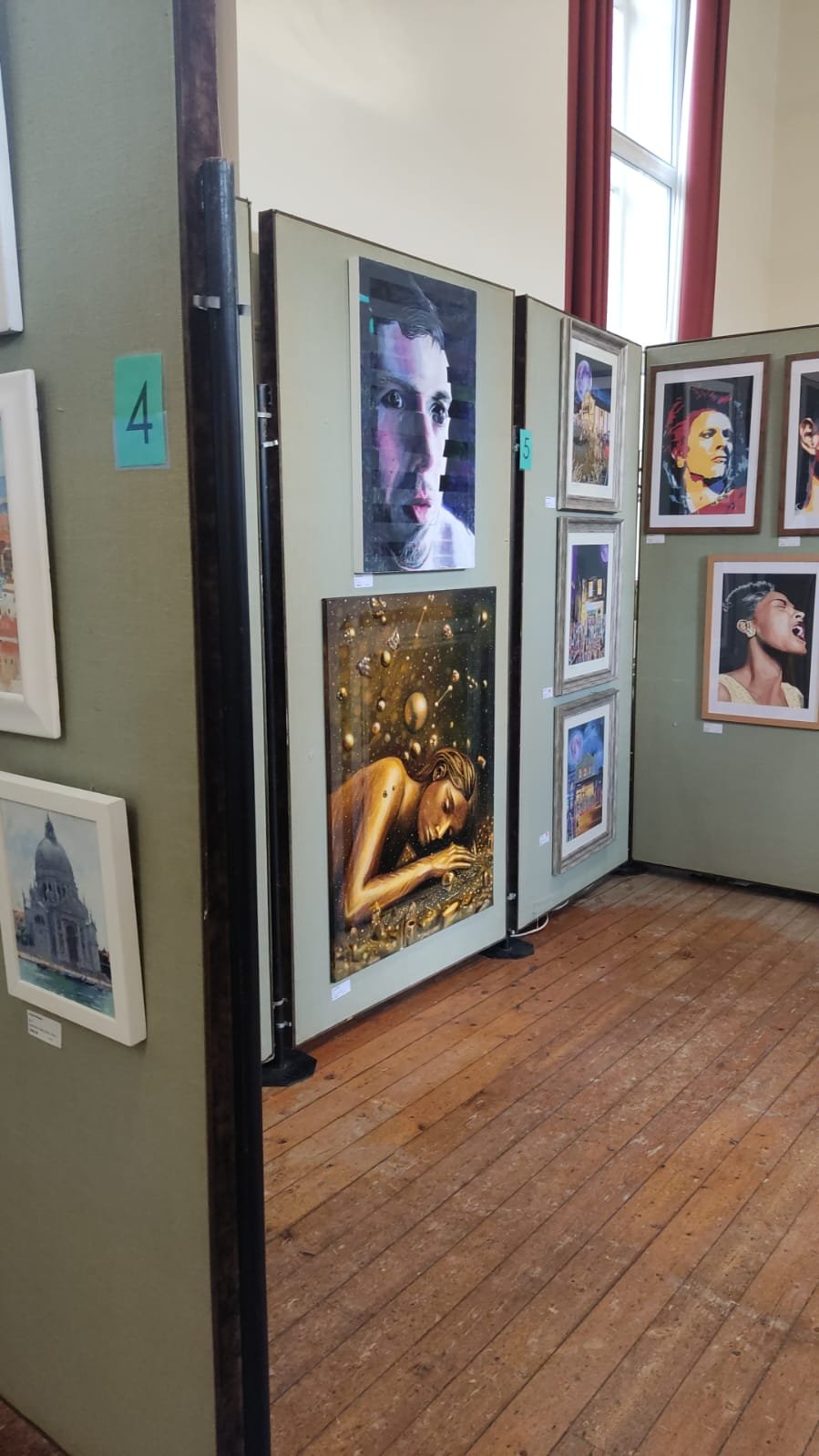
#33: The One I Didn’t See — and Someone Else Did
One of my paintings, All That Glitters is Gold, is currently hanging at Holmfirth Artweek — a piece I haven’t even seen in person at the show. But this week, someone messaged me to say they had… and that it meant something to them. That small moment reminded me why I do this.

#32: For the Wall or For Myself? Making Art with Eyes on It
As Holmfirth Artweek approaches, I’ve been thinking about the shift from making work just for myself to preparing it for public display. This post explores that balancing act — the tension between private instinct and public sharing — and why I think both sides matter.

#31: The Waiting Room: After the Hand-In, Before the Show
The paintings are in, waiting patiently to be hung for Holmfirth Artweek. With the making behind me, I’m reflecting on this in-between moment — that breath between completion and being seen — and the quiet anticipation of sharing work that feels like a real turning point.

#30: After the Rush: Letting Go and Looking Back
The paintings are finished, varnished, and sent off for Holmfirth Artweek. Now, in the quiet after the deadline, I’m taking a much-needed break — and reflecting on what it means to complete a body of work that challenged me in all the right ways.
